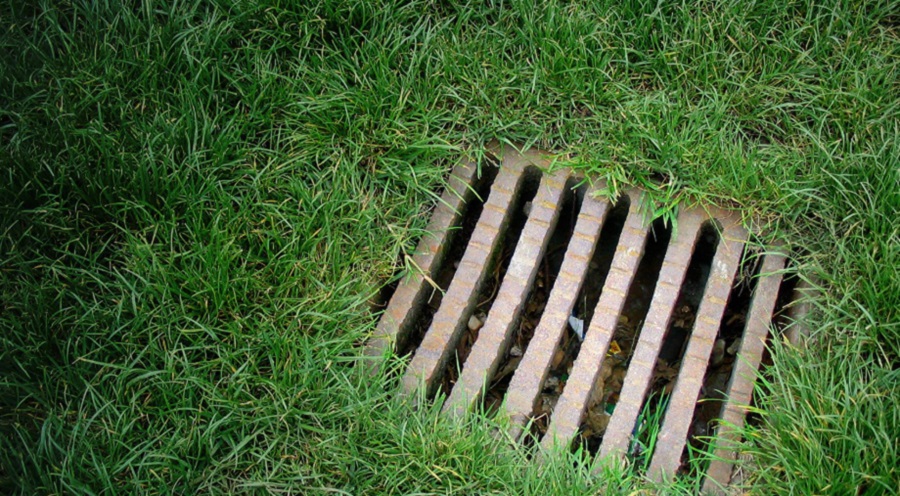A sloped or hilly yard presents unique challenges when it comes to managing water runoff. Without proper drainage, excess water can lead to soil erosion, foundation issues, and landscape damage. Fortunately, drainage solutions in Roswell offer effective ways to redirect water safely and prevent long-term damage. By understanding your options and assessing your yard’s specific needs, you can implement the best system to keep your landscape in top condition.
Understanding Drainage Challenges in Sloped Yards
Sloped landscapes tend to encourage rapid water runoff, which can erode soil and wash away plants. Without an effective drainage system, water can pool in lower areas, leading to standing water issues or basement flooding. The key to preventing these problems is selecting the right drainage solution tailored to your yard’s gradient and soil composition.
Types of Drainage Solutions for Sloped Yards
1. French Drains for Subsurface Water Management
One of the most effective drainage methods for sloped yards is a French drain. This system consists of a perforated pipe placed in a trench and covered with gravel. It helps redirect groundwater away from problem areas and prevents water from saturating the soil. Many homeowners consider French drains and dry wells when exploring their options for effective yard drainage.
2. Channel Drains for Surface Runoff
Channel drains are ideal for collecting surface water and directing it to a safe discharge point. These linear drains are often installed along driveways, patios, or low-lying areas where water tends to accumulate. By intercepting runoff before it causes erosion, channel drains help protect both landscapes and structures.
3. Retaining Walls with Drainage Systems
Retaining walls can do more than prevent soil movement—they can also incorporate built-in drainage solutions. By using weep holes, gravel backfill, and drainage pipes, retaining walls help manage water flow while maintaining structural stability. This is particularly useful for properties with steep slopes.
4. Dry Creek Beds for Natural Water Flow
A dry creek bed is a visually appealing solution that mimics the natural flow of water. This method involves strategically placing rocks and gravel to guide runoff away from vulnerable areas. Dry creek beds not only enhance the aesthetics of your yard but also reduce erosion and improve water absorption.
Keeping Drainage Systems Functioning Efficiently
Even the most effective drainage solutions require regular upkeep to prevent clogs and ensure proper water flow. Neglecting maintenance can lead to pooling water, soil erosion, and even structural damage. Preventative measures, such as clearing debris and inspecting drainage components, help extend the lifespan of these systems. Many water-related issues arise due to poor upkeep, and consistent drainage maintenance plays a significant role in preserving your property’s integrity. A well-maintained system prevents costly repairs and ensures that water flows away from critical areas.
Choosing the Right Drainage System for Your Yard
When deciding on a drainage solution, consider factors such as:
- The slope and soil type of your yard
- The severity of water accumulation
- The impact of drainage on nearby structures
- The aesthetic appeal of the drainage system
Conclusion
Consulting with a professional can help you determine the best approach for your landscape. A combination of drainage methods may be necessary to ensure effective water management.
By implementing the right drainage solution, you can protect your yard from erosion and water damage while enhancing its overall functionality and beauty.

